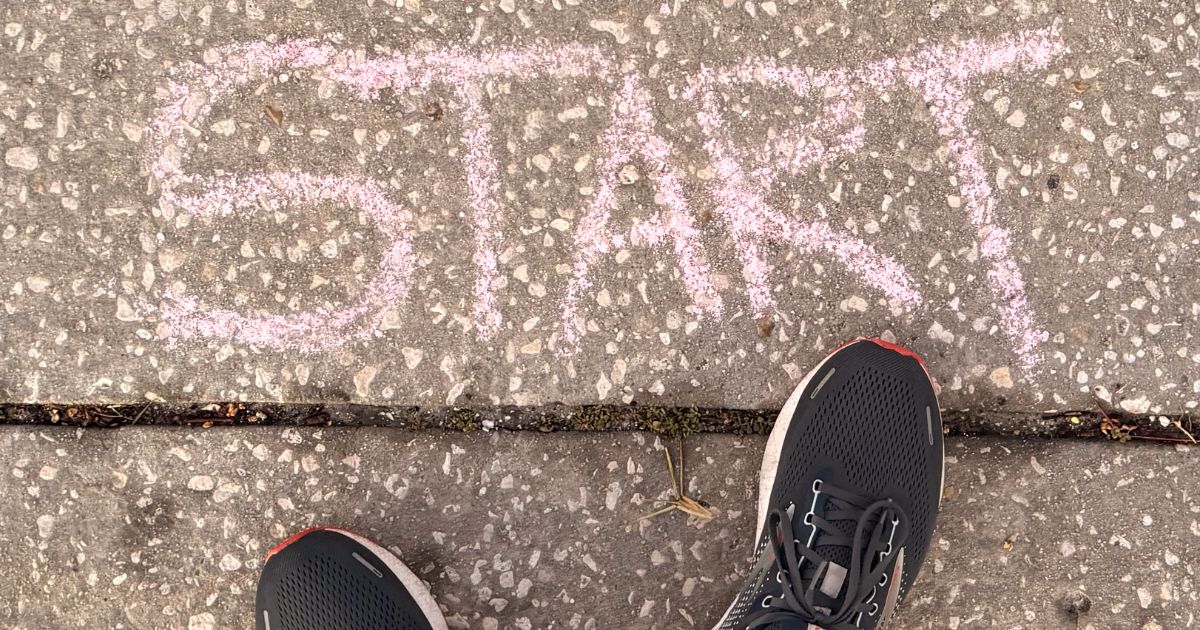Mystery novelists often advise young writers to determine the ending of their books — the whodunnit part — and then develop the story backward from that point. That way, the reader has to keep guessing till the very last page, but the author knows exactly how the plot needs to progress.
This advice also works for content marketers. Not literally, of course — I hope none of us are promoting murder as a product or service1 — but the end is sometimes the most important part of what we produce. After all, the end is where the reader stops engaging with us and has to consider what they’ve learned and what action to take.
My Approach
When I start a new piece of content, I usually start with two questions:
- What is the one piece of information I want readers to retain after reading this?
- What is the one action I want readers to take after reading this?
Knowing the answers helps me structure the content. I know the ending, so my job is to guide the reader there. It’s easy to strip out any ideas or information that strays from the path.
Applications
Consider an email. It’s best to start with the call to action (CTA), even though that’s one of the last things your readers will see. When you know which specific action you want readers to take, you can tailor your message appropriately, pick the most appropriate imagery, and axe all the filler.
What about something more complex, like a case study? The ending might be simpler to figure out than you think. After completing the case study, readers should know that your organization had the people, processes, and technologies to solve a formidable business challenge — and that your organization is the one to call when facing a similar challenge. Fill in the blanks, and your whitepaper outline starts to take shape.
The next time you set out to create content, try beginning with the ending. When you know the destination, it’s easy to map out how to get there.
_____
1 There’s no line of Dexter-branded tranquilizers yet.

